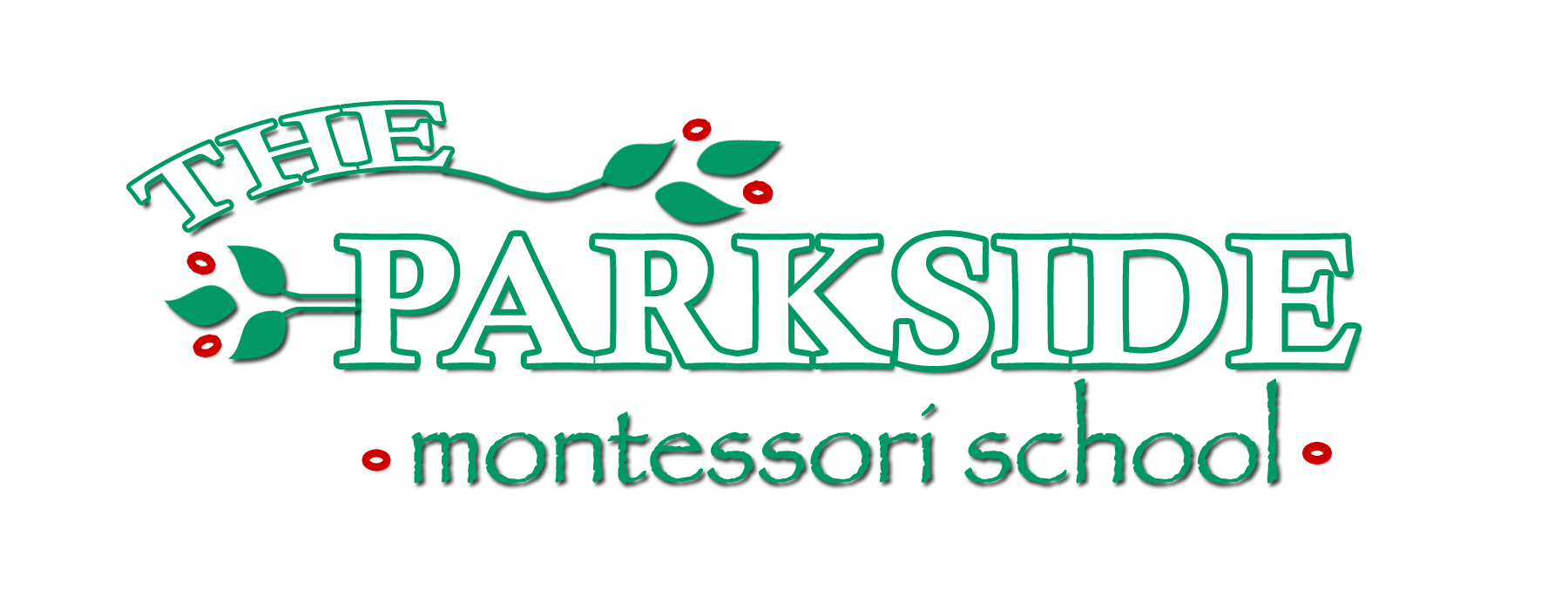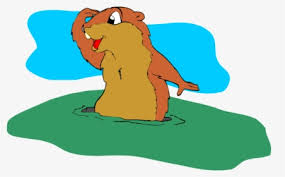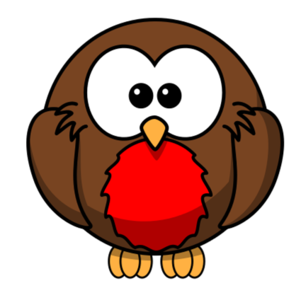The Parkside Montessori School
53 Norwood Avenue
Upper Montclair, NJ 07043
973-509-7379
parksidemontessori@gmail.com


NEWS






While it is a fairly short month, February is packed with new themes, exercises and shelf activities. We have started to bring in the materials that reflect February’s theme of Birds. It seems like a good time, with spring due to arrive in March, to talk about these interesting feathered creatures. In each classroom we will have baskets of stuffed birds from the Audubon Society. They are great not only because they are colorful replicas of the actual bird, but also, when squeezed, emit the actual sound that bird makes. As with our sea life and dinosaur units, we will be discussing the individual characteristics of many birds including the sweet-singing robin who is the announcer of spring, the raucous blue jay who also sometimes protects the smaller birds, the beautiful cardinal who adds some color and song to dull winter days, the colorful and tiny hummingbird who can fly long distances and also fly backwards and sideways, the acrobatic chickadee who can actually hang upside down, the mysterious owl who sleeps all day and hunts all night and quite a few others. We will talk about the nesting, feeding, and the migration and flying habits of the birds in our baskets. As always fiction and non-fiction books, puzzles, songs, games, art projects and matching and counting exercises all will reflect our bird study.
At the end of the month as a conclusion to our theme, we will begin to put together our special spring Parkside book called “The Restless Robin” which, as many of you know, has been a special late winter/early spring project for many years. It is based on a book written in the 1930’s by a famous children’s author at the time, Marjorie Flack, who also wrote “Angus Lost” and “Ask Mr. Bear”. In a series of lessons which will last about six weeks, the children follow our favorite Parkside bird and his friends as they make their way back to New Jersey from the warmer south where they have spent the winter. We use a very large and colorful map of the United States and some specific objects as we track the Robin’s journey up the east coast from the warm south with its flowers, palm trees and green grass, past Washington DC with its beautiful monuments and over Philadelphia with the famous Independence Hall and Liberty Bell. The Robin will finally arrive in New Jersey (hopefully) by late March just as spring is arriving. The children will be making books at the art table, one page a week, which will chronicle the journey. These lessons include discussions of geography, regional weather changes, important cities, and bird migration in general. There is great excitement when our Robin finally appears.
As mentioned last month, February began with discussions about life underground and then the story connected to the legend of Groundhog Day. As with most of our circles, we use concrete materials to demonstrate whatever concept we are teaching, and the Groundhog lesson is no exception. In a dramatic reenactment of what happens each year on February 2, we used a flashlight, a large stuffed groundhog and a darkened room to show the children how our groundhog (Parkside Pete) emerges slowly from his winter sleep underground to check out the weather conditions above. Should the sun be shining and he is able to see his shadow, he becomes frightened, not realizing it is his own shadow, and he scurries back underground signaling six more weeks of winter. If it is cloudy and he does not see his shadow, he begins to wander about, without fear, searching for food. This means that spring will be early. We do refer to this story as a legend, but it does help the children understand the changes brought by each season, and it helps us all anticipate the onset of spring. This is a year of mixed predictions. Punxsutawney Phil and Essex Edwina saw their shadows, signaling six more weeks of winter (“OH NO!) as our accompanying song goes. However, Staten Island Chuck did not which means, hopefully, an early spring. We must wait and see which furry creature got it right!
We have a number of different Practical Life activities coming to our shelves. We will begin color mixing with dropper bottles. The children are prepared to use these as they have done basting with larger and then smaller basters over the last couple of months, and they have also used these bottles to drop colored water onto small round disks with indentations. Now we will add the three primary colors to each bottle, and they can use two at a time to create green, orange, and purple from the primary colors. They will also be mixing colors with a whisk into bowls of water, a follow-up to whisking with suds. In addition we will also be bringing in silver polishing, shoe polishing, and egg beating where the children use an old fashioned egg beater to mix soap and water into suds. Most of them have never seen this kitchen utensil of long ago, but we have child-sized ones, and they love doing it. As with all of our many exercises of Practical Life, fine motor skills can be greatly enhanced by their work with the egg beater. Now with Covid restrictions lifted, we are free to continue our food prep exercises which this month include celery cutting and orange squeezing. Again, after completing the work and cleaning up, the children will pass the celery and the tiny cups of juice to their friends.
Our Sensorial shelves will feature some more challenging shape materials such as the multi-piece large hexagon box, a follow-up to last month’s rectangle box. A favorite and fun addition to our Language area is the picture/label exercise. Annie and Sue Valentine have taken pictures of each Parkside student which they have made into 2 x 3 laminated cards. We have also made laminated mini labels of each child’s name, and the children lay out the picture cards on a mat and try to match each child’s picture with his or her name. The name labels are identical to the larger name cards on our banners which we use at circle time to play greeting games. So by seeing the names often on circle, they become familiar not only with their own names, but with the names of their friends. It is fun for them to identify their own picture and name as well as those of their friends. The teachers are usually involved in this work which we do on a mat on the floor, and it is a nice small group activity which also serves as an exercise in reading readiness.
We will be celebrating Valentine’s Day this month, and it is always a good time to focus on being kind and helpful to friends, classmates, teachers and family members. As mentioned in last weeks e-mail, each student will have his or her own Valentine bag which will hold their Valentines and be outside the classrooms by February 7. If your child wants to give cards to his or her friends, please bring them in by February 13 in a clear plastic bag with your child’s name on it. Please leave the envelopes blank and simply sign or have your child sign each card, and the teachers will distribute them into each bag. You can bring in as many or few as you like. There are 31 children on Side 1 and 33 on Side 2.
February is a short month which includes the annual appearance of our groundhog, the introduction of some new and interesting Montessori materials and exercises, especially in the area of Practical Life, the celebration of Valentine’s Day, and the beginning of the Robin’s journey back to New Jersey. We always enjoy watching our students work and play at school as we continue to be partners with you in their social, cognitive and emotional development and strive to help them become productive and happy learners.
“I have observed that the child, on condition that
he is granted the freedom to work, learns, becomes cultured,
absorbs knowledge and gains experiences that become
embedded in his spirit. Like seeds planted in fertile ground,
they soon germinate and bear fruit.”
Maria Montessori, Citizen of the World

FEBRUARY NOTES


